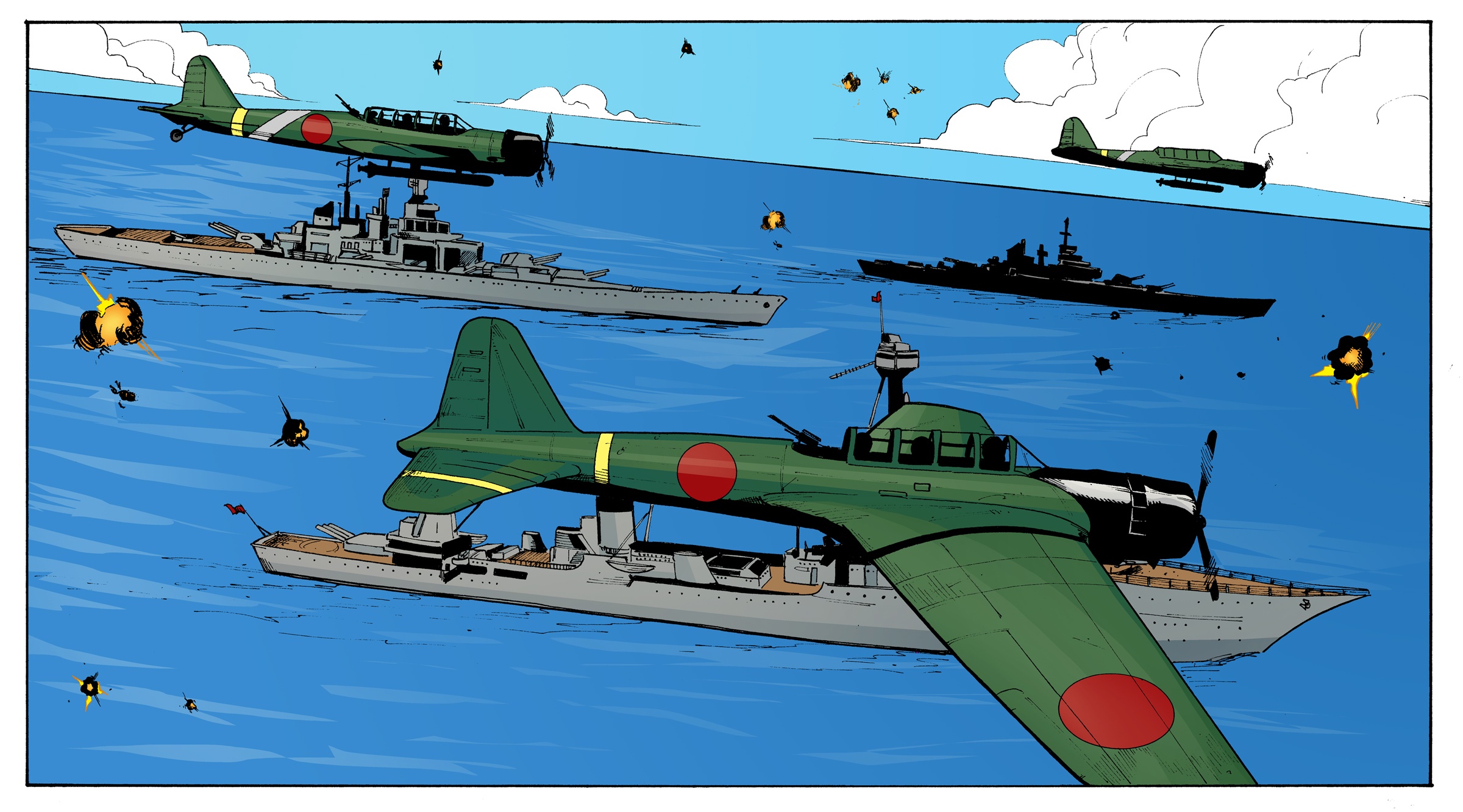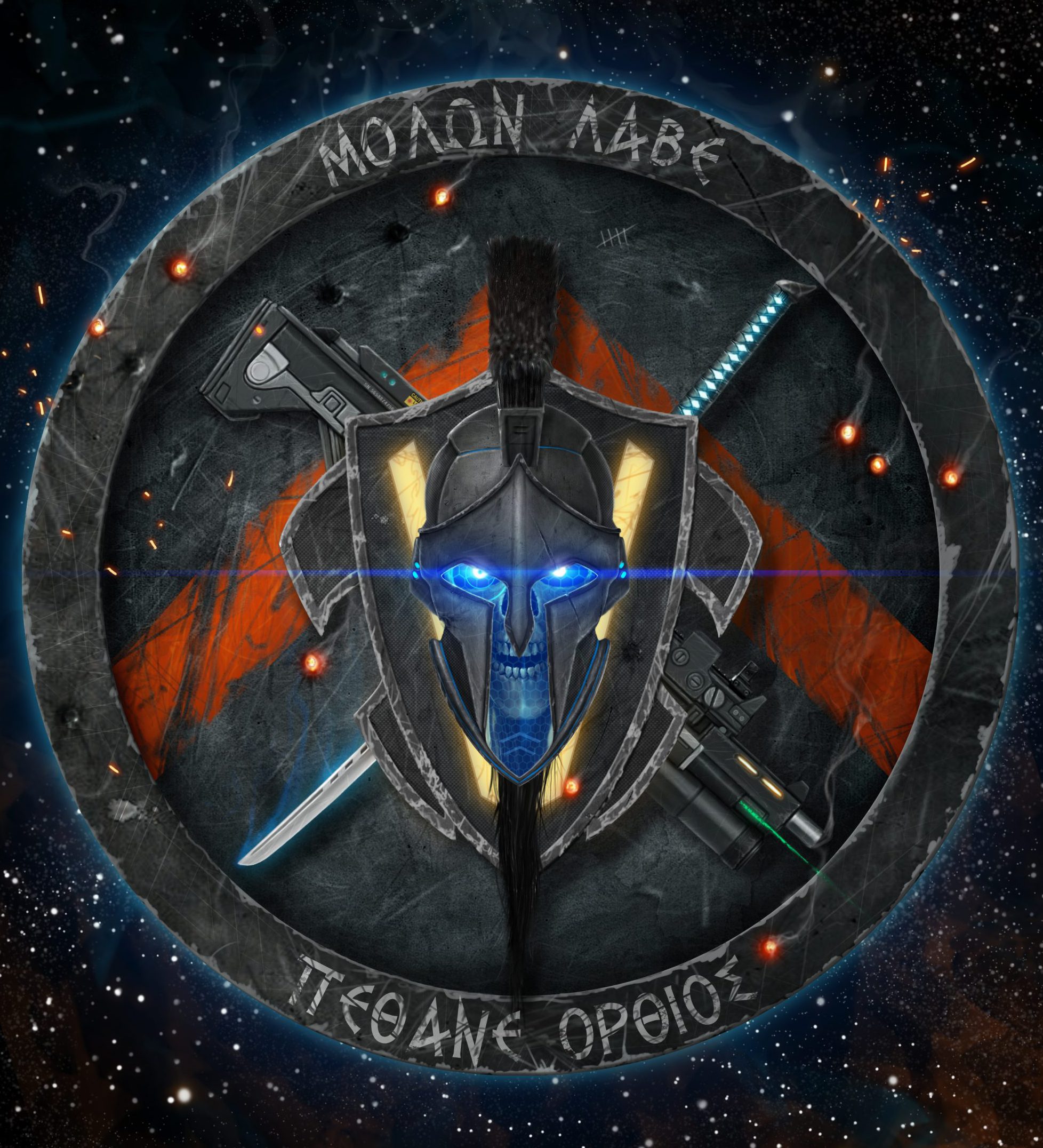In the U.S. Army, there’s a movement technique called the 3-5 second rush. It’s used to move from cover to cover before someone blasts you. The soldier running is supposed to say, “I’m up! I’m seen! I’m moving! I’m down!”, with going prone or the next cover destination coinciding with “down.”
*pause as I imagine at least two people “CONTEXT!”*
Why is this important? Well, a few seven (!) months ago, I did a post on cover art. This led to some follow up questions from Eschewing Easy, so I thought I’d map out the cover negotiating process a little bit more. As with all things, this is from my experience. Likewise, while Amie Gibbons may be a lawyer, I most certainly am not. So when I say “Do this thing…” about an agreement, it should not be considered a substitute for seeking the advice of someone who has passed the bar in your state.
So, I’ll deal with EE’s questions in order that they will probably apply:
1.) How do you make this fair for both author and artist?
My father used to have a saying. It had many variations but basically it went, “Fair. Comes once a year. Usually there are ponies. Do you smell horse sh*t?”
Thankfully cover negotiations are usually not so cutthroat, but inherent to ever enterprise are differing concepts of “fair.” First and foremost, as an author a person should be fair to the artists’ time. You know your budget, and if you’ve done your homework you should have examples of the artists’ work in front of you. One way to approach it is to ask them how much they would charge to paint a picture similar to the one that caught your eye. For example, the picture at the top of this blog post was similar to one the artist, a Greek national, had on his Deviantart. Given that I had a concept in mind that was very similar to one of his pictures, it seemed to be a natural fit. So I asked, and he was within budget. But had he not been, I would not have tried to haggle him or had him start something only to decide later I didn’t want to spend that much money.
‘That much money’ leads to my second point, i.e., “fair” means paying an artist a going wage. If as an author you want something with a high degree of detail, many subjects, and a setting that’s going to require a decent graphics rig to render, then you better have a plan for ~$20/hour unless there’s other incentives involved. Like, if for your day job, you detail cars and you throw in three free detailing jobs, then of course that price drops…but it better be some serious labor in exchange for the time. Oh, and it needs to be said: “Exposure is something you die from, not something you work for.”
On the flip side, fairness to you as the author will include work that is done on time and to standard. It will not require you having to ping the artist multiple times to get a response and it certainly will not involve attitude. Finally, it should include a mutually agreed upon contract that the artist generates and the author has reviewed by a legal professional. Why do I make this point of emphasis? Because as an author you likely have zero clue about what sort of materials will be involved in this, what other expenses the artist will have, and dozens of other things that are art specific. Full disclosure–the better half is currently back in art school, and I now know there are things that I never would have thought an artist would have to buy that are not cheap.
Edit: I forgot to add in moral boundaries. I have a fellow author of supernatural works. Recently she had an artist balk at drawing a demon. I myself have had artists say, “Nope, not doing that. Too grisly.” In neither case is there any ill will. Just like you as an author can say, “Whoa, too much skin…”, an artist can not want to have certain things in their head.
When I say contract, I do mean a binding document. At a minimum, this should discuss what rights are retained by whom, payment or payment schedule, how the piece will be delivered, and payment means. There should also be language involved where the artist gives their word that no part of the art will infringe on others’ copyright nor has it been used by another author or any other work. Once terms are agreed upon, the most common method I’ve then used is that the artist signs it, scans it, then emails to me as a .pdf. In turn, I print said .pdf, sign it, then email it back with a CC: to myself to establish date and time.
Now, have I done this every time? Not hardly, and sometimes the agreement’s been a little “Ash Housewares” in that it did not have every single thing I’ve laid out above. But, I can say that for every piece of cover art that was north of $100 there’s an agreement sitting somewhere on my hard drive and also elsewhere in safe locations. I also carry a copy of said agreements with me to most cons just in case I need to ward off someone saying, “That’s the Battlestar Galactica!” (Yes, it’s happened. Why, I’ve even had someone suggest I go get a hard copy of the digital painting at the top of this blog signed by Edward James Olmos. Of course I forgave the guy–he bought a book.)
2.) When is payment?
So usually when a piece is getting developed, there are phases. The first phase is the concept, i.e., you tell the author what you’re thinking. No money should change hands at this point, as the author can’t be sure that the artist has the same definitions for words that he or she does. The next phase is where the artists sends you a concept sketch. This can range from a collage of pictures that are similar to what you desire to a 60-80% solution for the final picture.
If it’s the latter, some artists will want what I call “earnest money.” This will usually be outlined in the agreement, and it’s an artist’s hedge that you will not “change your mind” after they’ve basically drawn your picture. Heck, some authors who will not be named have gone so far as to get a 80% solution concept sketch, stiff the original artist, then low ball with another artist to finish the piece. Suffice to say, whether through being flighty or being a jerk, the end result is the artist is still out several hours of work. Ergo, check your agreement and if you see something about fees for the concept sketch, ask the reasoning behind them and work through any differences you may have about them.
Regardless of how much is done in the concept sketch, once it’s agreed upon most artists want a percentage (30-60% usually) at this point. This is money that keeps the proverbial lights on while they’re working on your piece, so you should not be worried about paying for it. The best method to do so is via PayPal or some other service that has buyer’s protections, not direct payment. Also, never do friends and family payment, no matter how much the other party may cry about “fees.” Why? Because all those buyer protections that are built into PayPal go “poof” the minute you select “send money to friends and family.” Plus, it’s a violation of the User Agreement.
The last phase is preparing the final product. Do not nag your artist during this period. I say again, DO NOT NAG YOUR ARTIST DURING THIS PERIOD. Every time he or she is having to stop to answer your email or phone, they’re not working on your project. Or, for that matter, the three or four other ones they may have going if they’re really successful. You have a date that was agreed upon in the contract, and they should be professional enough to backwards plan enough time into their work to allow for revisions.
3.) What about revisions?
Look at that pacing! It’s like I planned that or something. Okay, here’s the deal–as an author, you’re not going to get a lot of revisions. Indeed, from the artist’s perspective, they may have put something in the agreement language about major versus minor revisions and the number thereof. Know why this happened if they did? Because some numb skull asked them for about ten different revisions, flaked out, and then bailed on the entire project for whatever reason. (Yes, that’s pejorative, but there’s not some magic bottle artists’ go to for their time. Ergo, partial payment.)
In general, if you’re feeling anxious about revisions, the artist and you can program in extra “gates” within the agreement. Understand this might cost you more $$-$$$, which is reasonable given the time disruption. Imagine if you had to write a story on commission then stop after every chapter, send it to get revisions, wait for those to come back, revise, resend, rinse and repeat. That’d be time consuming and would likely eat time, no? See above about magic time in a bottle, none of.
Once revisions are complete, it is at this point that you’ll make final payment. Again, I swear by PayPal–others hate it. But I’ll be honest–most times I’ve heard a “An author screwed me on PayPal…” story from an artist, come to find out that the flip side of that coin did not paint the artist in a good light. Which, of course, led to bad word of mouth and some poor artists.
4.) What if, as an author, I’m just not happy with the final product?
You know that saying, “The customer is always right?” Well, that doesn’t totally apply here. Art isn’t a widget or a car–there’s not a whole lot of exact dimensions, other than the size of the image, involved. So, before going ballistic, ask yourself, “Why am I unhappy?”
Is it because the image is not a 100% match for what you expected? –Sorry, but we don’t have mind reading technology yet where the artist can trace the exact image in your head. This doesn’t mean that you have to accept something having, say, swastikas rather than Soviet red stars. But…well, let me just post a pic that was a 85% solution to what I had originally wanted:

Wayne Scarpaci
Compare and contrast to the 70% solution (which is no fault of the artist–but I did learn lessons for the above picture):

Eric Weathers
You know what? Both of these convey the fact that an American task force is being attacked by the Imperial Japanese Navy. Both were prepared by artists who are experts in their respective (nautical and comic art) fields. In the case of the latter, the only reason I went back to get another cover was because everyone, and I do mean everyone, asked me if I was writing a graphic novel. In the case of the former, Wayne simply admitted he thought having the POV be from behind the B5N (the plane dropping the torpedo) was beyond his capabilities and made the picture too cluttered. (Upon further review, he was right.) You know what? Both men still got paid, and I still use Eric’s piece for marketing.
Is it because the artist did not follow instructions?–Now we’re talking a bit heftier reason to get a case of the grumps. However, when one says “did not follow instructions,” was it because going with what the person said would have required basically starting from scratch, caused the author to bust a publication deadline, lead to the artist missing another deadline, or due to an unforeseen circumstance like, oh, an F-3 tornado ripping the artists’ roof off? (Don’t know the person myself, but I know of the situation from a con acquaintance.) If so, don’t be a jerk–if the cover is still functional, will attract the eye, and does not violate, say, historical accuracy for a novel set in Victorian England (“I said a pistol, not a blaster!”), go with it. Understand that iron triangle (good, fast, or cheap–pick two) rules apply here if you’re up against a deadline. If you are really unhappy, never use the artist again. That includes never giving them word of mouth or recommendations.
However, in all things, remember this is a two way street. Authors with reputations for being flighty or divas don’t get good cover artists except through luck or $$$. “Will have to put up with difficult authors’ crap…” isn’t necessary a stated fee. I can tell you, however, that it is a mental one. Don’t be that guy / gal.
If it ended up in court, is the discrepancy so obvious that your victory is nearly certain? I’m meaning you asked for a bodice ripper cover set in the Antebellum United States and ended up with a cover that looks like it should grace a fantasy novel. The main subject was an Asian man and you got Napoleon Dynamite. Think “John Wayne as Genghis Khan”-level of “Whiskey Tango Foxtrot?!” Because if you’re going this route, it better be something that makes having Nun Thunderdome seem sane. (“Two Nuns Enter. One Nun Leaves. Two Nuns Enter. One Nun Leaves.” “WHAT IS THE MEANING OF THIS?” “Oh, hello Bishop O’Reilly! *nervous laugh*”)

I said Robert E. Lee, not ROBERT E. HOWARD
If all these conditions are met…still think long and hard about it. There is no guarantee that you’ll win. But, if after you’ve eliminated every other recourse and the principle and/or amount is so high you’re ready to expend time and money wringing satisfaction out of someone, lawyer up.
5.) What about reproduction rights?
First ask yourself, “Why do I want reproduction rights?” Then ask yourself, “Why do I want reproduction rights now?” The reason for the first is that you’re going to pay some $$$ for them. If you want full rights to slap that picture on anything you want, expect to pay 30-50% over what you’re just paying for the cover. This is reasonable–artists with rights can keep making money on your piece, sans cover design, for years. You can search for an artist who will let you keep all this stuff in the original price–or you can find a good one that’s going to charge you a reasonable price for it. I know authors who insist on the former…and you can tell.
If your book sells well enough that marketing is a thing, you can always come back for them later. Slap a line in the agreement about paying $$$ for future full rights by XXX date if necessary, at which point the price becomes open for negotiation again. Get it ironclad by a lawyer, then move on. The important thing is that you get your book out in a timely manner with plenty of $$$ left for editing and marketing. Come back for the “I’d like to put this on mugs everywhere!” later.
Anyway, hope this helps folks looking to move towards cover art. I’ll probably come back to edit this later after running it by a couple of cover artists.




Thanks for the link, Cedar!